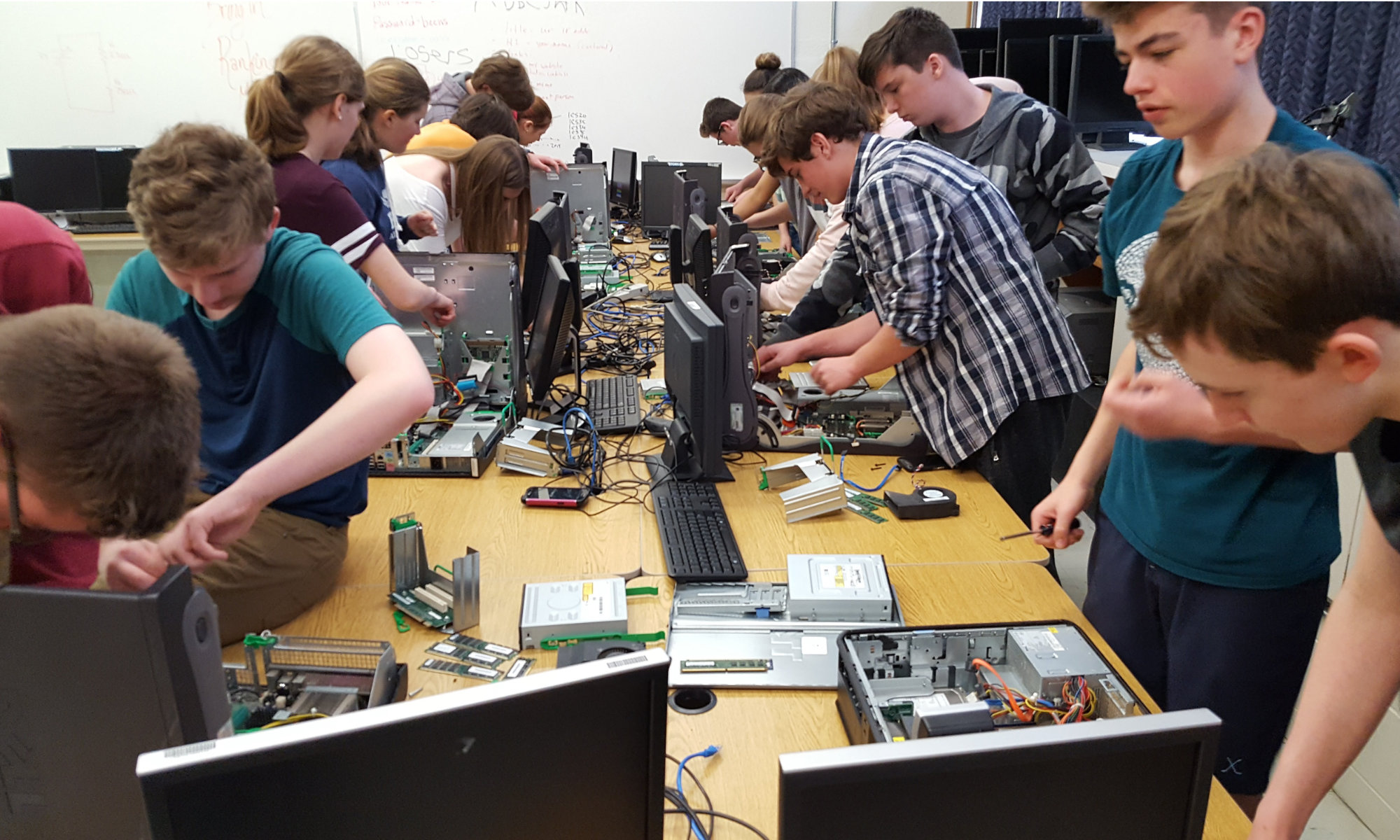BTT1O Excel Tax Rate Assignment (Video)
Discussion Forum Instructions
Each student needs to provide at least one comment and two replies and/or questions.
Your main comment should reflect something interesting and noteworthy you have read in the article or heard in the podcast. Your comment must be at least one complete and proper sentence and demonstrate your understanding of the article/podcast.
Try not to repeat what others have said or asked (so do this assignment early!).
If someone already has two comments then comment on someone else. If you really want to comment, then just comment on one extra person. When the assignment is complete, everyone should have at least two replies and/or questions on their comment.
The assignment is marked out of 9 — 3 marks for your initial comment and 6 for your two (or more) responses to others. I will be marking for spelling, grammar, relevancy, and appropriateness. Keep all responses friendly and supportive.
Late Submission Policy
The general policy for late submissions is that 5% of your achieved mark will be deducted per day to a maximum of 15% for grades 9-10 and a maximum of 25% for grades 11-12 (DSBN policy). There may be exceptions to this, depending on the specific circumstances.
If assignments are posted online and can be done from home, absence due to a school activity does not extend the deadline.
If the situation warrants that an assignment can no longer be handed in, the mark will be a zero beyond that.
(You will only be given a reasonable amount of time to submit a late assignment. Don’t expect to be handing in assignments two or three weeks after they are due!)
Course Outlines (List)
A Millennial Job Interview
Land Acknowledgment
We will begin this course by acknowledging that we are meeting on aboriginal land that has been inhabited by Indigenous peoples from the beginning.
As settlers, we’re grateful for the opportunity to meet here and we thank all the generations of people who have taken care of this land – for thousands of years.
Long before today, as we gather here, there have been aboriginal peoples who have been the stewards of this place.
In particular, we acknowledge – the traditional territory of Anishinaabeg, Ojibway/Chippewa and Haudenosaunee peoples.
We recognize and deeply appreciate their historic connection to this place. We also recognize the contributions of Métis, Inuit, and other Indigenous peoples have made, both in shaping and strengthening this community in particular, and our province and country as a whole.
As settlers, this recognition of the contributions and historic importance of Indigenous peoples must also be clearly and overtly connected to our collective commitment to make the promise and the challenge of Truth and Reconciliation real in our communities, and in particular to bring justice for murdered and missing indigenous women and girls across our country.
Land Acknowledgement
We will begin this course by acknowledging that we are meeting on aboriginal land that has been inhabited by Indigenous peoples from the beginning.
As settlers, we’re grateful for the opportunity to meet here and we thank all the generations of people who have taken care of this land – for thousands of years.
Long before today, as we gather here, there have been aboriginal peoples who have been the stewards of this place.
In particular, we acknowledge – the traditional territory of Anishinaabeg, Ojibway/Chippewa and Haudenosaunee peoples.
We recognize and deeply appreciate their historic connection to this place. We also recognize the contributions of Métis, Inuit, and other Indigenous peoples have made, both in shaping and strengthening this community in particular, and our province and country as a whole.
As settlers, this recognition of the contributions and historic importance of Indigenous peoples must also be clearly and overtly connected to our collective commitment to make the promise and the challenge of Truth and Reconciliation real in our communities, and in particular to bring justice for murdered and missing indigenous women and girls across our country.
[Credit to https://ofl.ca/wp-content/uploads/2017.05.31-Traditional-Territory-Acknowledgement-in-Ont.pdf]
Now Serving
Now Serving Link…
https://goo.gl/TzqL5A
(or www.beens.org/now-serving)
Career Cruising
Create a section called “Career Matchmaker Results (Top 10 careers)”. Under this, list your top 10 Career Matchmaker results from Career Cruising, listed in order, in a neatly formatted (bulleted) list. (Redo the career matchmaker, even if you have done it this year. Be sure to answer ALL questions.)
An example is shown below:
Career Matchmaker Results (Top 10 careers)
- Automobile Assembler
- Electronics Engineering Tech
- Electrical Engineering Tech
- Web Developer
- Office Machine Repairer
- Gunsmith
- Furniture Finisher
- Locksmith
- Cable Installer and Repairer
- Production Woodworker
My Top Career Choice
- Automobile Assembler
- Automobile assemblers install pre-fabricated parts and components to make new vehicles.
- $15 – $35 per hour
- High School
- Work at assigned stations on automotive assembly lines
- Attach a specific part, such as the bumper, as automobile frames move down the line
- Often climb into the frames and use power tools to bolt or screw the part in place
- Ensure the part is properly secured and functional, and move on to the next frame
- Work well with your hands
- Mechanically inclined
- Communication skills
- Physically fit
- Work for companies that manufacture cars, trucks, vans, motorcycles, or other kinds of automobiles
- Most work a regular 40-hour week, though overtime is sometimes required
- Some work evenings and weekends
- Work indoors in large factories that are clean but noisy, and can be hot in summer
- The work involves a lot of repetitive tasks
